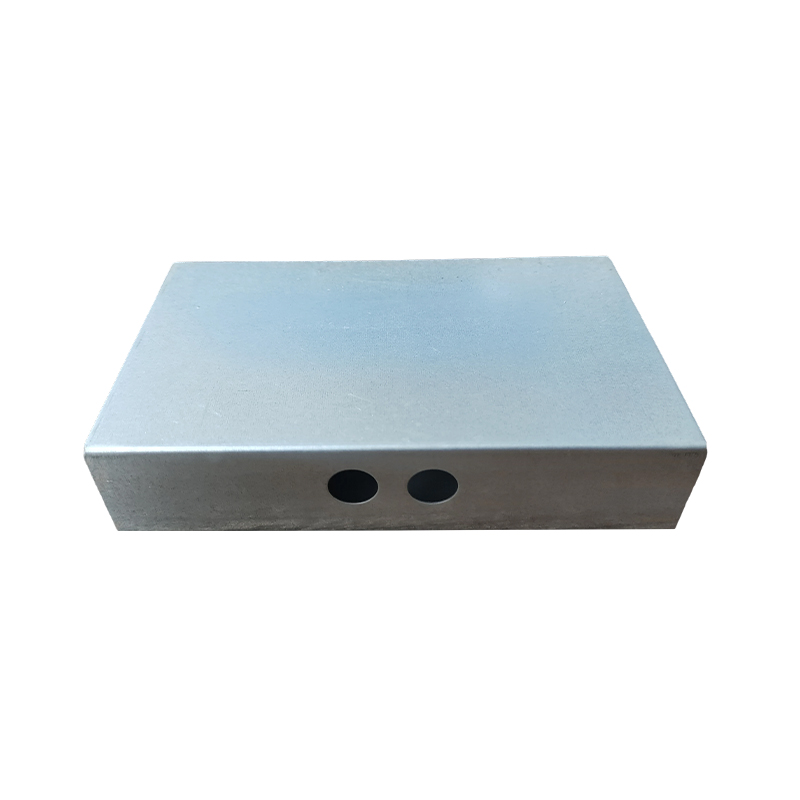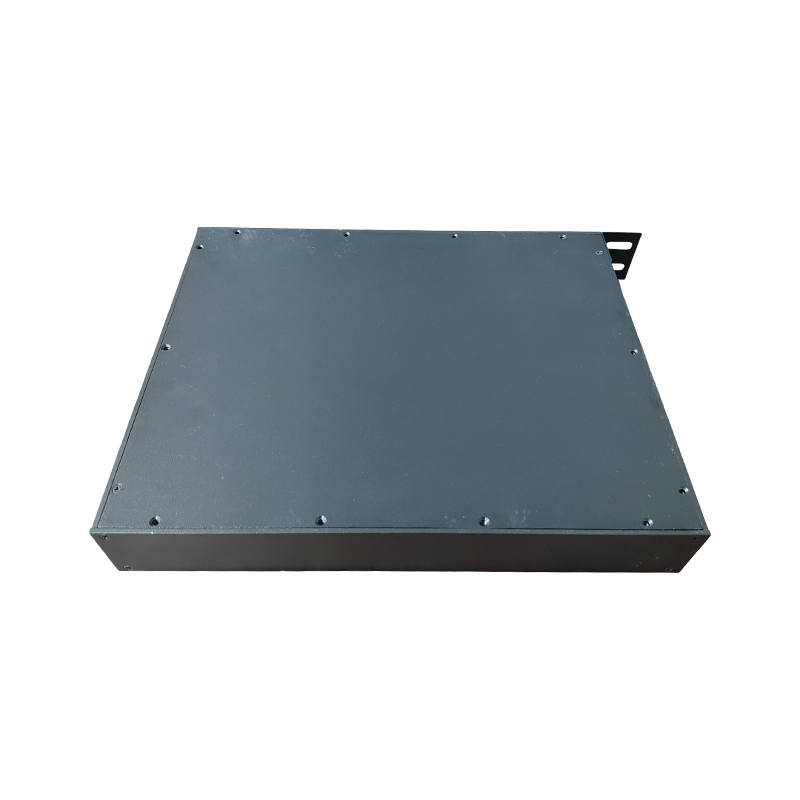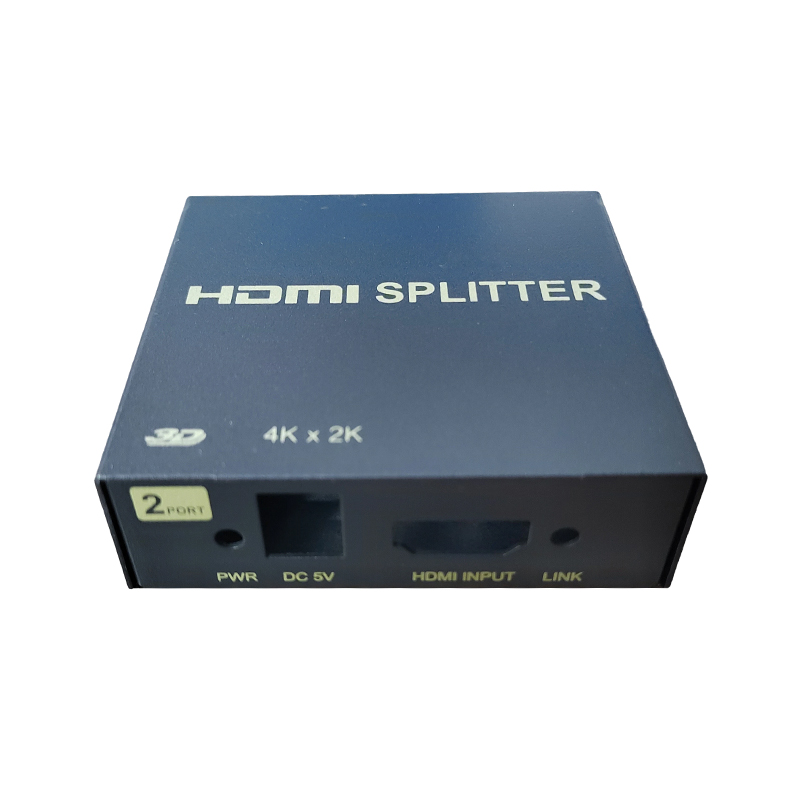CNC machining is no longer simply "manufacturing according to drawings," but a high-dimensional manufacturing art that integrates geometry, materials science, and control science.
- +86-13530196692+86-13613031820
- 844358993@qq.com
- No. 39, Yonglian Road, Longfeng Gonglian Management District, Huicheng District, Huizhou City








